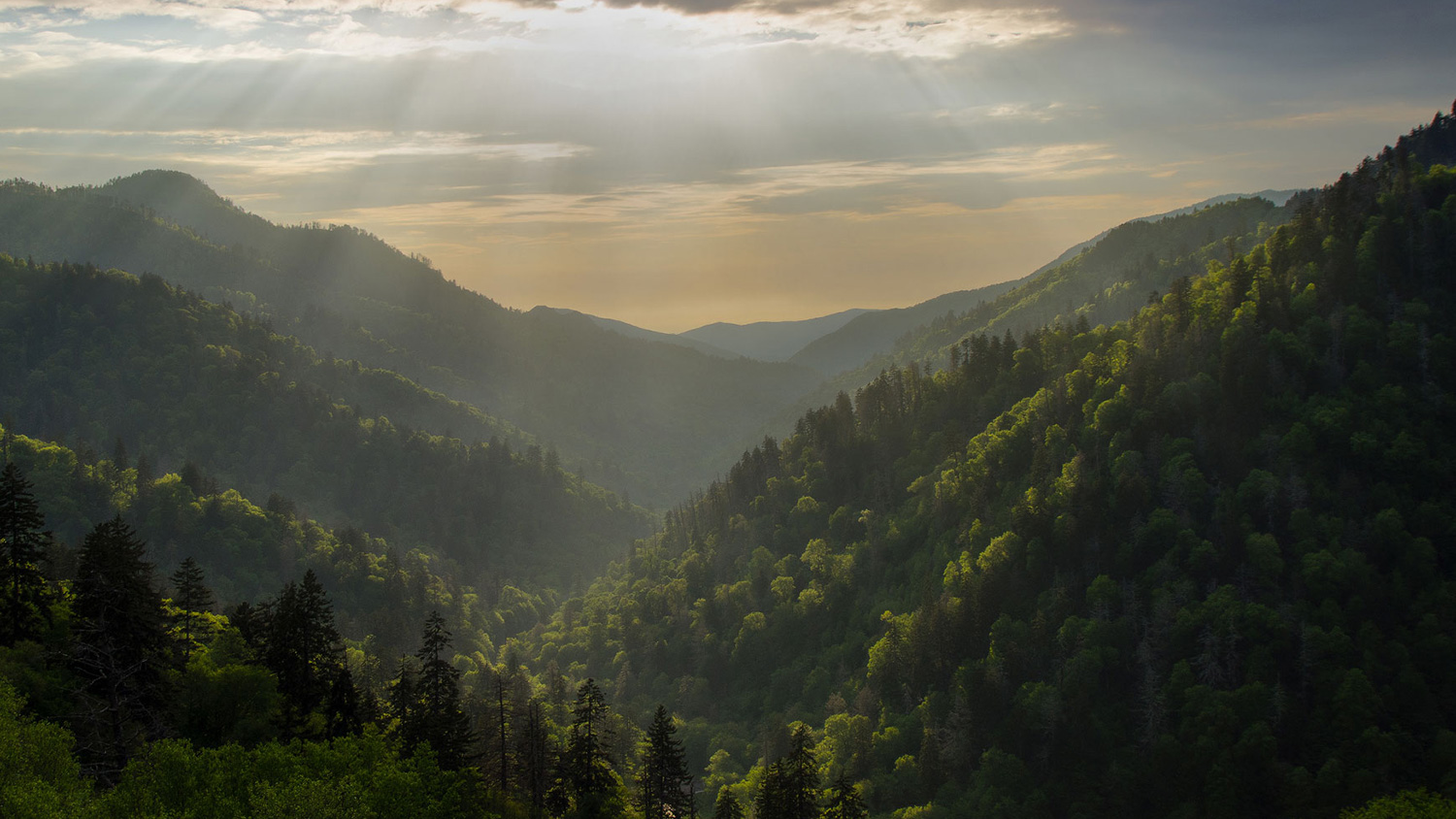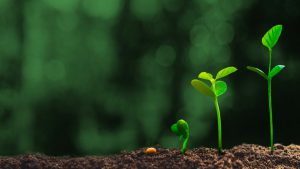We know that our customers want to know what we’re doing to help the environment and increase our sustainability. In June, we planted over 1900 trees, as well as helped to fund three projects.
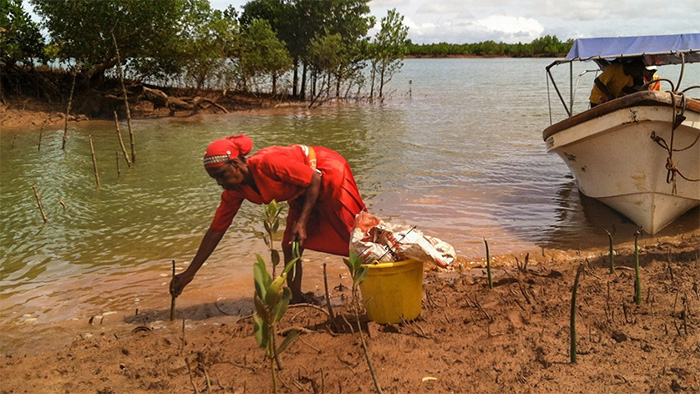
Nearly 1900 Rhizophora mucronata planted in Madagascar
For our web hosting, managed WordPress, and now VPS packages, we purchase trees through tree-nation. This month, we purchased 1810 Rhizophora mucronata or red mangroves for the Eden Reforestation Project.
Red mangroves (also known as loop-root or Asiatic mangroves) are smaller mangroves that grow well in estuaries and coastal areas. They will provide jobs for the people in Madagascar, help prevent erosion, and protect young fish and other wildlife.
We also offset the carbon footprint of our employees through Ecologi and this month, we planted an additional 54 red mangroves.
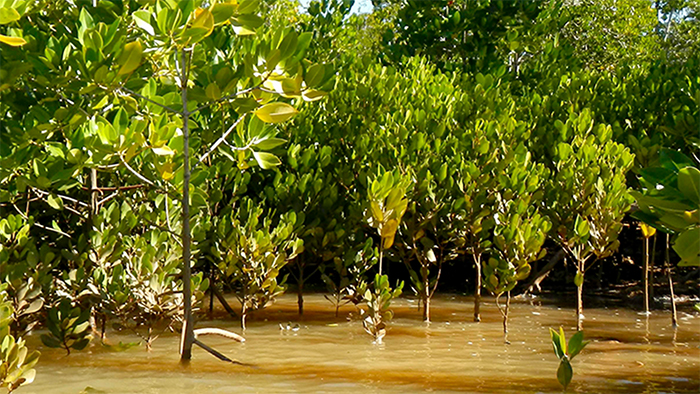
Over 50 Avicennia marina also planted in Madagascar
As well as the red mangrove, Ecologi also planted 54 Avicennia marina, also known as the grey or white mangrove. We also received 30 extra grey mangroves as a thank you for referring other people to Ecologi (so thank you for signing up!)
Grey mangroves also grow well in areas that have daily tides, such as estuaries and coastlines, and help prevent erosion. Working with the Eden Reforestation Project, Ecologi has their own planting area in the north-west part of the island, near Marataola, and are working hard to plant their first two million mangroves there.
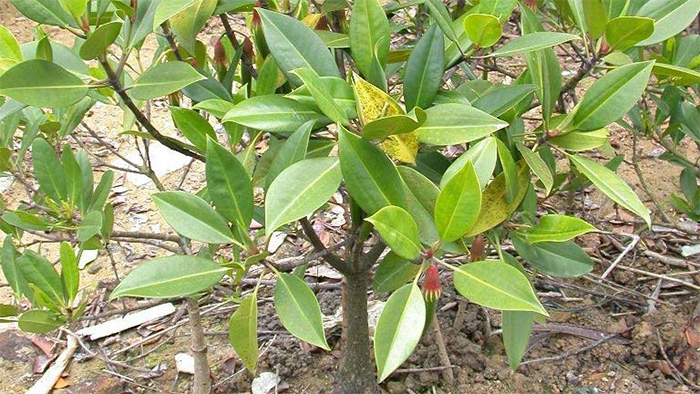
One Bruguiera gymnorrhiza planted in Madagascar
We also have one tree planted every month by Tree-nation to offset the carbon emissions of our website. This month, they planted a Bruguiera gymnorhiza, or black mangrove, as part of the Eden Reforestation Project.
Black mangroves are larger than their red or grey cousins and can grow up to 35 metres in height. They grow best in river estuaries, where there’s saltwater as well as freshwater, and help to prevent further erosion.
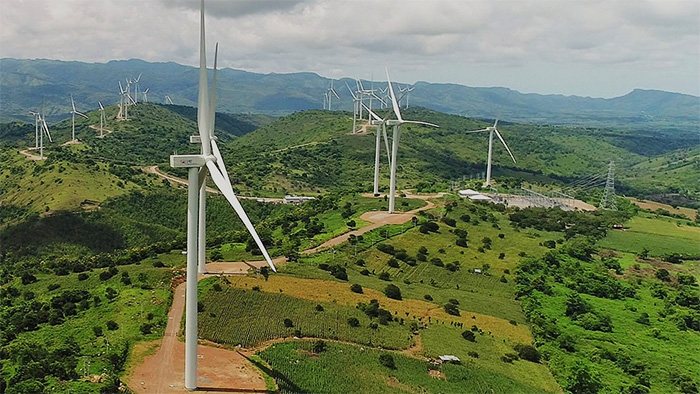
Funding a wind farm in Indonesia
For World Environment Day, we decided to support the Sidrap Wind Farm Project in South Sulawesi, Indonesia through The Gold Standard. This project helps support 30 wind turbines, producing 253,000 MWh of renewable energy every year to the national grid. With our support, they’ll provide power for over 70,000 homes and help cut down on the use of coal and other fossil fuels.
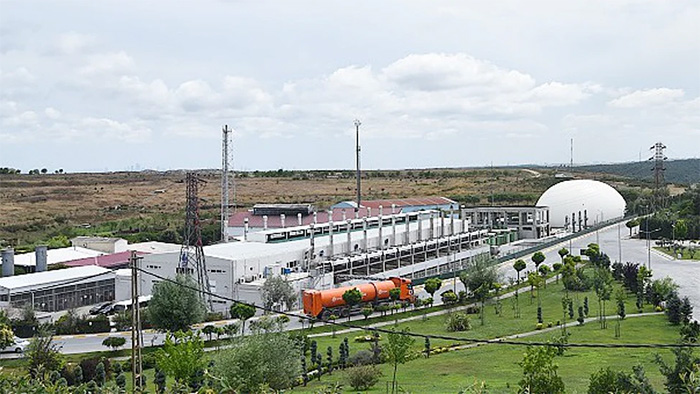
Supporting landfill gas extraction in Istanbul
As part of our employee offset, Ecologi also helped to fund a large-scale landfill gas reclamation project on the outskirts of Istanbul, Turkey. Capturing methane gas from two large landfill sites, the project uses it to power turbines, which then feed electricity into the national grid, providing enough clean and affordable electricity for over a million homes.
With these plants, the equivalent of 1,500,000 tonnes of CO2 is prevented from entering the atmosphere every year.
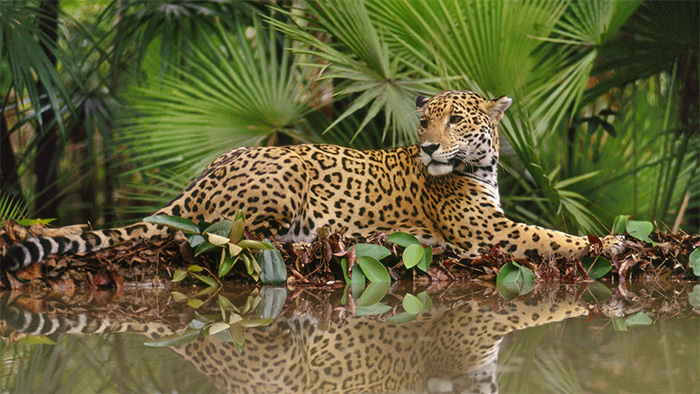
Protecting the rainforest from deforestation in Peru
Ecologi is also funding the REDD+ project to help protect over 98,000 hectares of Amazonian rainforest in the Madre de Dios region of Peru. Ensuring long-term conservation and sustainable management of the forest, REDD+ (Reduce Emissions from Deforestation and Degradation) projects work with local smallholders to prevent unsustainable clearcutting of forests.
Our impact
Through these projects over the past month, we’ve reduced our carbon footprint by 49 tonnes, making it nearly 530 tonnes from the beginning of this year. That’s the equivalent of over 1.5 square kilometres of sea ice saved.
We’ll be keeping you up to date with how we’re doing each month through our blog, and we hope that you’re as excited about our tree planting and carbon offsets as we are.
